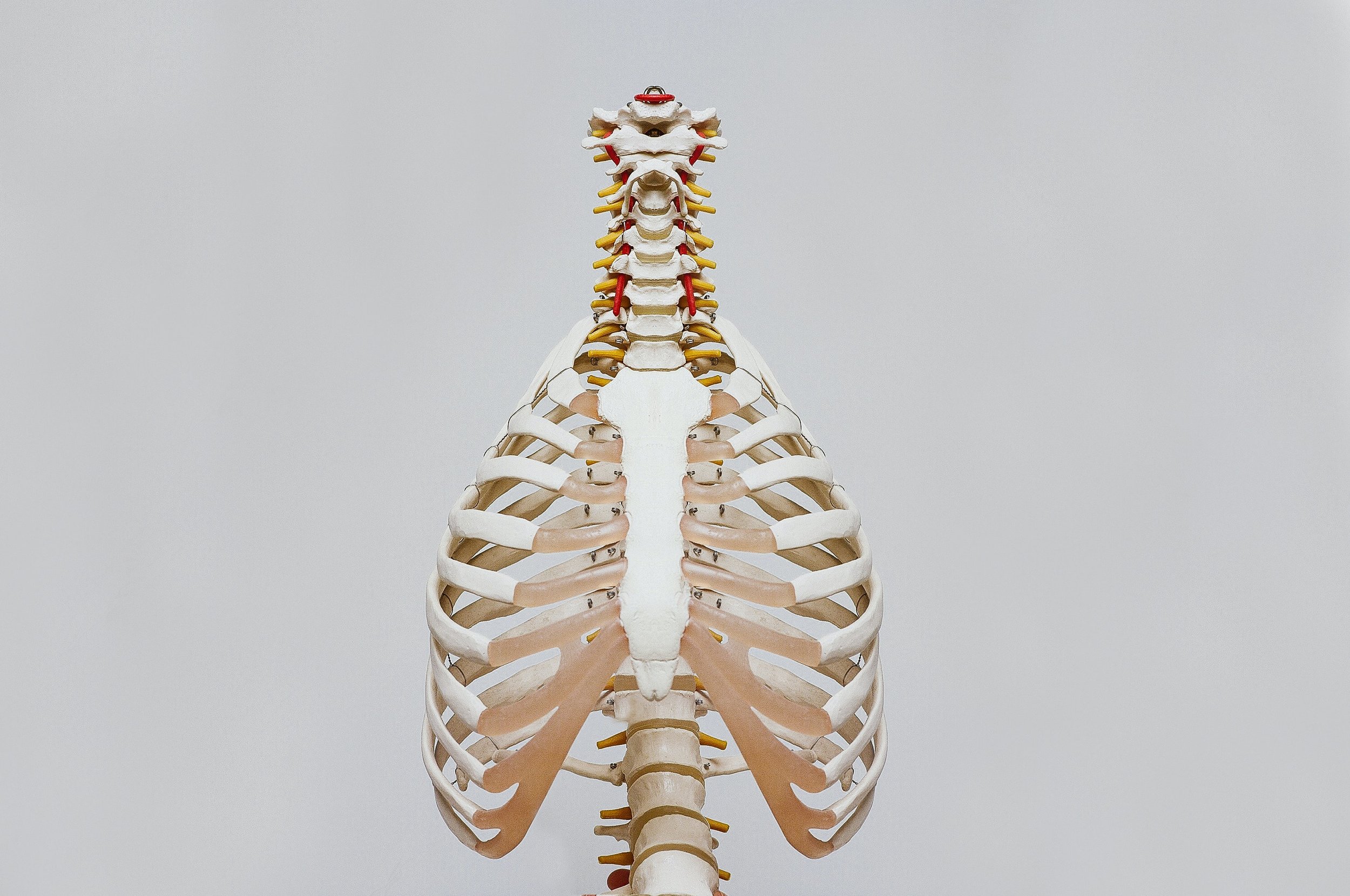Ancient Wisdom Meets Modern Science: Why TCM for Bones Is Revolutionising Skeletal Health
The ancient practice of TCM for bones has witnessed a remarkable resurgence in recent years, as modern science begins to validate what Eastern medical practitioners have understood for millennia. This comprehensive approach to skeletal health, developed through thousands of years of careful observation and refinement, offers profound insights that complement contemporary medical understanding.
The Evolutionary Perspective on Bone Health
Throughout human evolution, our skeletal system has undergone dramatic adaptations. From the curved spine of our quadrupedal ancestors to our current upright posture, our bones tell the story of our species. Yet modern lifestyles have introduced unprecedented challenges to this finely-tuned system:
- Prolonged sitting has altered natural weight distribution
- Processed diets lack essential bone-building nutrients
- Reduced physical exertion has decreased bone density stimulation
- Environmental toxins interfere with normal bone metabolism
TCM recognises these evolutionary mismatches and offers systematic approaches to address them.
The Kidney-Bone Connection: A Fundamental TCM Insight
While Western medicine primarily views bones as structural components, TCM understands them as dynamic organs intimately connected to the kidney system. This represents not merely a different perspective but an entirely different paradigm.
“The essence of TCM bone therapy lies in strengthening kidney energy, which governs bone development, maintenance and repair throughout the lifespan,” explains a renowned Singapore TCM practitioner with over three decades of clinical experience.
This connection explains why:
- Kidney-nourishing herbs often improve bone density
- Specific acupuncture points targeting kidney meridians enhance bone healing
- Practices that strengthen kidney qi simultaneously benefit skeletal strength
- Bone-related symptoms frequently correspond with kidney function changes
The Mineral Matrix: Beyond Calcium Fixation
Contemporary approaches to bone health often focus almost exclusively on calcium supplementation—a reductionist view that TCM practitioners find amusingly simplistic. The traditional approach recognises that healthy bones require a complex matrix of minerals in precise proportions.
“Western medicine has only recently discovered what TCM has taught for centuries—that magnesium, silica, boron and other trace minerals are just as crucial for bone integrity as calcium,” notes a Singapore-based TCM authority specialising in geriatric care.
Traditional formulations typically include:
- Eucommia bark (Du Zhong) for strengthening ligaments and bones
- Drynaria rhizome (Gu Sui Bu), literally translated as “bone-mending herb”
- Cuscuta seeds (Tu Si Zi) for kidney support and bone nourishment
- Dipsacus root (Xu Duan) to promote healing of bone fractures
The Interconnected Nature of Skeletal Health
Perhaps the most profound contribution of TCM to bone health is its recognition that our skeletal system does not exist in isolation. Unlike the compartmentalised approach often seen in conventional treatment, traditional wisdom recognises intricate connections between bones and:
- Emotional states (chronic fear and anxiety deplete kidney energy)
- Digestive function (nutrient absorption directly affects bone composition)
- Hormonal balance (especially relevant during menopausal bone density changes)
- Circulatory health (blood stasis impedes nutrient delivery to bone tissue)
This holistic perspective illuminates why addressing bone concerns requires comprehensive system-wide approaches rather than isolated interventions.
The Singapore Synthesis: Combining Ancient Wisdom with Modern Precision
Singapore has emerged as a fascinating laboratory where TCM bone therapies undergo rigorous scientific validation while maintaining their traditional integrity. This city-state’s unique position at the intersection of Eastern and Western medical traditions has fostered innovative approaches to skeletal health.
“In Singapore, we’ve developed sophisticated methods to quantify the effects of traditional bone formulations using advanced bone density scanning and biomarker analysis,” explains a leading TCM researcher from a prominent Singapore institution.
This methodical approach has yielded compelling evidence for traditional practices:
- Specific herbal combinations have demonstrated measurable improvements in bone mineral density
- Acupuncture protocols show enhanced fracture healing rates
- Qi Gong exercises increase bone strength comparable to weight-bearing activities
- Combined approaches outperform single-modality treatments across multiple metrics
Practical Applications for Modern Humans
What makes TCM bone therapies particularly relevant today is their adaptability to contemporary challenges. These ancient approaches prove remarkably suitable for addressing modern bone-related concerns:
- For office workers: Meridian-stretching exercises counteract sedentary damage
- For post-menopausal women: kidney-nourishing formulas support hormone-related bone changes
- For athletes: specialised treatments accelerate fracture and stress injury healing
- For the elderly: Combined modalities significantly reduce fracture risk
“The brilliance of TCM bone therapy lies in its personalisation—treatments are tailored to individual constitutions, ages, and specific imbalances rather than applying generic protocols,” observes a senior Singapore TCM practitioner specialising in sports medicine.
The Future Integration of Skeletal Care Paradigms
As we progress through the 21st century, the artificial boundaries between medical systems continue to dissolve. Forward-thinking practitioners increasingly recognise that optimal bone health emerges from integrating the best of both worlds—the comprehensive ecological understanding of TCM combined with the precise diagnostic capabilities of contemporary medicine.
This integration represents not merely a practical clinical approach but a philosophical shift in how we conceptualise health itself. Perhaps the most valuable lesson from traditional bone therapies is the recognition that our skeletal system serves as both a literal and metaphorical framework for our existence, demanding an approach that honours both its physical structure and energetic essence through time-tested practices of TCM for bones.


